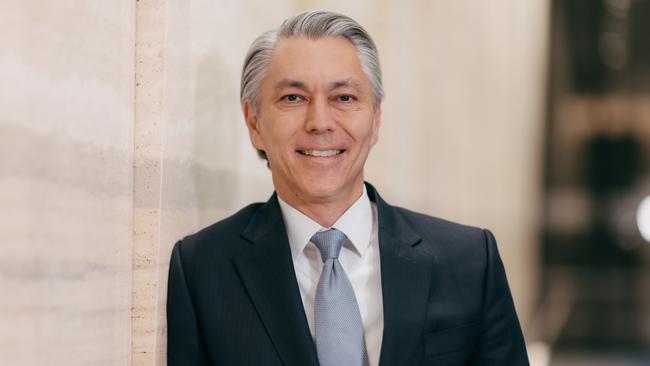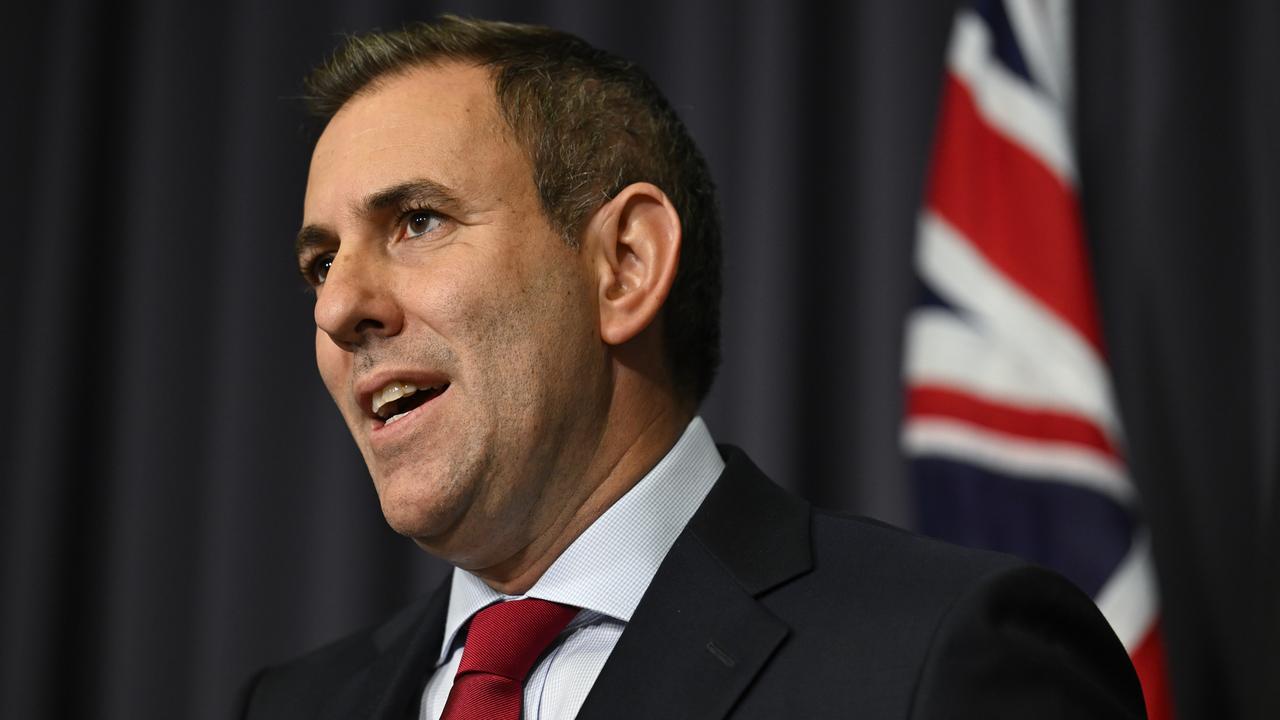BHP CEO Mike Henry: Time is now to drive productivity
Mike Henry says political leaders need to ask if they are moving towards Australia being a more competitive place to invest and do business.

Economy
How would you rate the momentum of the Australian economy as we head into 2025? Official forecasts have Australia trimming interest rates from the first half of calendar 2025, is that consistent with your view? What are you seeing around inflation in your own business?
Cost pressures have moderated from their peaks and the rate of inflation in our underlying cost base has slowed. Labour cost escalation is continuing to drive higher costs. Wage inflation has peaked but the rate remains above the long-run average.
Outlook
What excites you heading into 2025? Are you likely to increase, hold steady, or trim your investment spend?
The importance of investment in mining and metals for the world to achieve its ambitions is now on the agenda. This brings opportunity. We are excited about copper. The world will need much more of it in the coming decades to meet significant demand growth from both traditional sources and the energy transition. We have the world’s largest endowment, but we see there is still more opportunity.
In South Australia, we could grow copper production to around 500,000 tonnes a year, with further potential of up to 650,000 tonnes a year. In Chile we have the potential to add further
production from Escondida, and we recently invested in a joint venture to develop copper projects in Argentina.
In Canada, construction of Stage 1 of our Jansen potash project is more than halfway complete with first production in around two years which will feed into a global market that we expect will continue to grow in coming decades.
And in the Pilbara in Western Australia, our iron ore business is performing incredibly well. We are the world’s lowest cost producer of iron ore and globally competitive, which means we are competitive even as supply and market dynamics change. Our medium-term goal is to increase production to 305 million tonnes a year – and we are studying options to go beyond this, potentially up to 330 million tonnes a year. We are investing in new technology and infrastructure, solar and partnering on research into the next generation of steelmaking using Pilbara ores.
Reform
As we move into an election year, in your mind, what’s the single biggest lever that can/should be used to lift Australia’s competitiveness or productivity? This could be across any area from labour market, tax reform, training or other areas to encourage investment.
The Treasurer was correct when he said recently it’s the private sector which is the best source of economic growth in the long-term. Well-informed and crafted government policy needs to enable competitiveness and to attract capital.
Australia is an export-oriented economy and it is essential for the nation and future generations that we are able to compete on the global stage.
Political leaders need to be examining the entire set of policy and regulatory settings and ask whether they are moving Australia towards being a more competitive place to invest and do business.
Australia needs to put in place an industrial relations system which enables flexibility, rewards hard work and builds productivity, a tax system which is stable and internationally competitive, and regulatory oversight that is effective and efficient so as to encourage investments that stimulate the economy.
Geopolitics
Will a Donald Trump presidency have a potential impact on your business or sector (tariffs or streamlined regulation)? Does geopolitics drive a bigger part of your decision-making?
Australia and the US have a long-standing, very constructive relationship, including on the trade and investment fronts. All signs are for that to continue under the incoming administration.
In respect of our industry, the direction of travel in the US in relation to mining is positive. There is bipartisan recognition in the US of the need for greater focus on critical minerals, including for reforming project permitting processes, which would speed up the development of new mines in the US, improving the security of critical minerals supply chains. The incoming administration is signalling continued strong support for improving the pace and certainty of regulatory approvals, and a focus on domestic investment over imports.
The effect and end game of increased tariffs is yet to be determined. It does mean however that there’ll be disruption to some trade flows and that there’ll be overall increased uncertainty and risk. This increases the imperative for resilience amongst Australian businesses.
It is essential that we are able to compete globally. While much of this is business led, it needs to be underpinned by sound government policy, which enables productivity. In the end, productivity is key to continued Australian success and to securing standards of living for future generations.
People
Has your organisation’s approach to flexible working – including working from home – evolved during the year. Is this likely to change further into 2025?
BHP has been a long-time supporter of flexible work. It has helped to ensure a more engaged workforce as well as our ability to double the proportion of women in the global BHP workforce, which is now more than 38 per cent female.
The majority of our workforce works in our mine sites, including in both residential and fly-in-fly-out operations. We have had in place some degree of flexible rosters for a number of years now, which continue to prioritise safe and productive 24/7 operations.
Our office-based teams continue to have access to flexible work arrangements but are required to spend three days a week in the office. We know the positive difference that being together face-to-face can make in terms of helping with team cohesiveness and creativity.
Technology
Where is your organisation along the AI journey – is it in the developmental stage, or are you now using the technology at scale across your business? If so, are benefits matching the promise?
Our organisation has been increasing the use of AI in our operations for a number of years now. It has wide ranging application, including in resource discovery, extraction, processing and all along our supply chain.
We use AI-driven predictive maintenance to monitor equipment health and predict potential failures before they occur. AI technology at processing plants within our Escondida copper mine in Chile has helped reduce water and energy consumption and the application of machine learning helped us discover new copper deposits in Australia and the United States.
AI is also metals intensive and the rapid growth in data centres around the globe that underpin AI will be a meaningful contributor to copper demand growth over the next couple of decades, reinforcing the attractiveness of this key BHP growth commodity.



To join the conversation, please log in. Don't have an account? Register
Join the conversation, you are commenting as Logout